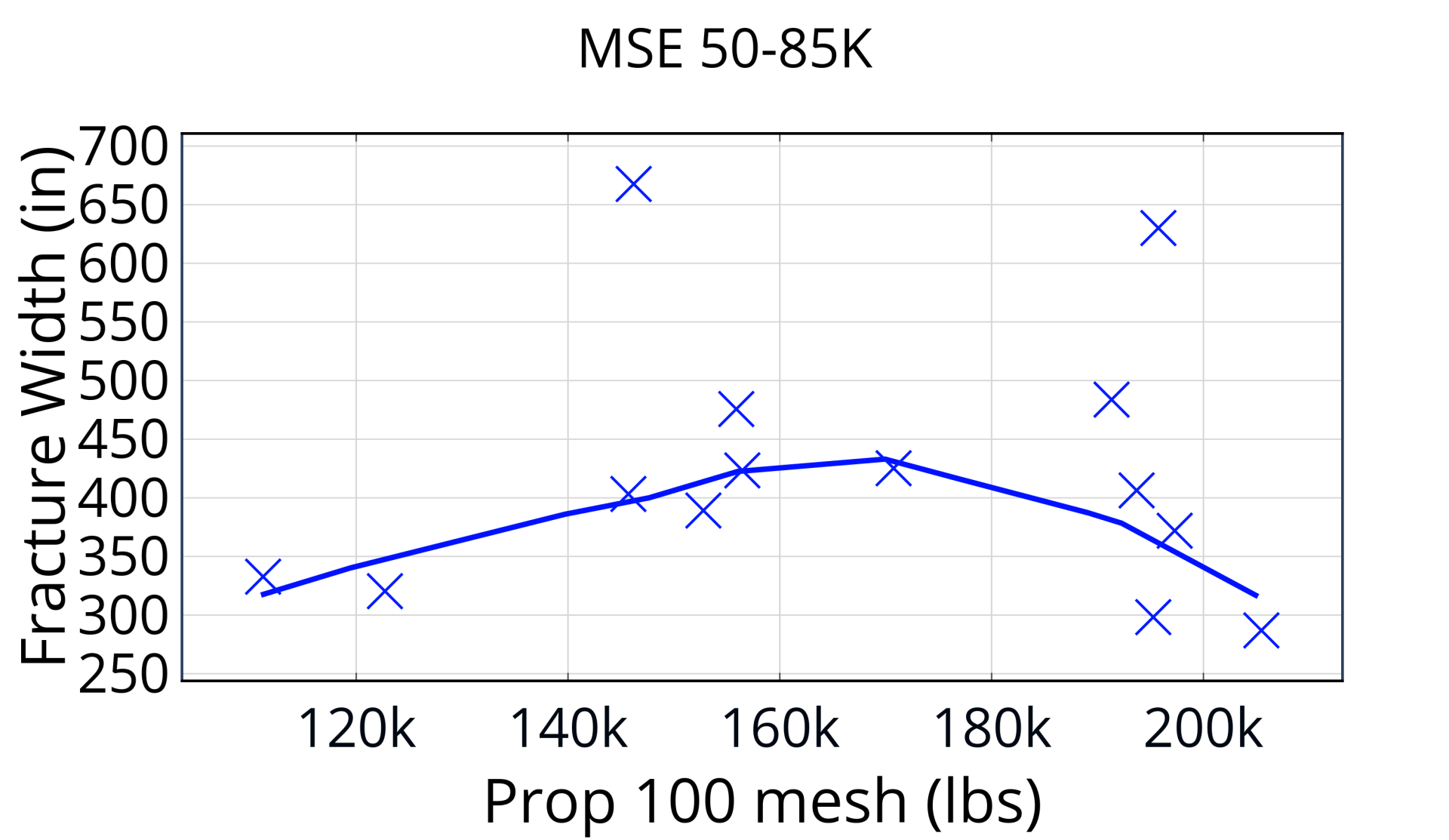When it Comes to Completion Designs, More is not Always Better
Seismos-AI™ identifies the point of diminishing returns for completion design
Objective
An operator in the Eagle Ford shale set out to
identify a new completion strategy for pads with
multiple horizontal wells. Previous designs delivered
inconsistent fracture systems with non-uniform
reservoir coverage. The goal of the study was to
identify the ideal completion design to maximize
reservoir drainage while simultaneously optimizing
well spacing.
Approach
Seismos-FRAC™ was used to provide real-time
fracture system measurements during the
stimulation of several wells. A test plan was
designed using completion designs with varying
parameters to identify their ultimate effect on
well production. These designs, along with rock
properties along the lateral at each stage were
input into the Seismos-AI™ platform. Seismos-AI™
uses a machine learning workflow to identify the
point of diminishing returns for each stimulation
design variable, and optimize cost vs ROI for each stage based on historical training data and local
rock properties. In this case study, a set of actions
to maximize stimulated volume was identified.
Results
Several treatment design parameters were identified
that could be optimized for maximum fracture length while minimizing treatment costs. For example, Seismos-AI™ identified that pumping more than 170,000 pounds of 100 mesh proppant not only adds unnecessary expense but has a negative effect on creating the optimal (420ft in this case) length (Fig. 1).
Fig. 1) The point max yield weight for 100 mesh
In conclusion, Seismos-AI™ was used to identify the ideal value for each completion variable and the point where no additional propped length would be created by incurring more cost for time and materials. On the contrary, exceeding these inflection points would lead to a diminished propped fracture system (Fig. 2)
Fig. 2) Seismos-AI™ results show the diminishing marginal returns of specific completions parameters with respect to the fracture geometry.



